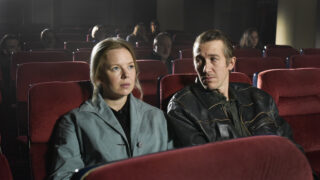The Night of the Hunter : Charles Laughton : 1955
Films are, of course, both a verbal and a visual medium – something we listen to and very much look at. As such, a few lines of dialogue or a short sequence of shots can sum up and capture the whole essence of the film in just a few seconds or moments.These instances can be called dialogue movie moments or visual movie moments.
“The Night of the Hunter” , 1955, directed by Charles Laughton, is one of the most visually stunning movies ever made; yet it had a poor reception on release and only slowly has it gained a reputation among film critics as a masterpiece; it is still largely unrecognized by the general public.
As for the basic story, when in jail, an evil killer and “preacher” gets incomplete information about hidden, stolen money from another prisoner, who dies.On his release, the preacher pursues the wife and children of the dead man, believing they hold the key to finding the hidden money.
He kills the mother but the children escape and are sheltered by an old woman. When the preacher tries to take away the children in the daytime, the old woman threatens him with a shotgun and he goes away from the house.
We then have a sequence of 4 Movie Moments which sum up the whole point of the movie and turn it on its head.
First a visual MM starting at around 1.20.02 of the film, when the preacher returns in darkness, symbolizing the loss of goodness (light) and the emergence of evil (darkness).
This continues with a long dialogue MM (1.20.08 – 1.21.30) as the preacher starts singing a hymn outside the house – but not out of belief in God , rather to announce his presence, and both frighten and tempt everyone.Indeed it seems the old woman’s helper is tempted to go outside. This scene shows he is determined to get the children through the old woman, who is sitting in darkness in the house, with a shotgun on her lap.
Next comes my favorite visual MM, at around 1.20.51 – 1.21.01, the camera focuses on the silent old woman but now her face is in light and from her expression alone we can see her determination and resolution and we recognize that she will go to any lengths to save the children.
Even more, the next verbal MM starts with the same camera shot as the old woman starts singing the hymn (1.21.01- 1.21.30), in counterpoint to the preacher, thus showing her true belief in God and her certainty that goodness will prevail over evil, that the light will defeat the darkness.
In these 90 seconds or so, with these 4 movie moments, the movie tilts on its axis and reverses our previous feelings of hopelessness and dark inevitability. It is a massive turning point. Before it seemed the preacher was too strong and cunning, too experienced; the mother, children and old woman too weak and innocent to stand up to him. It was inevitable that he would win.
However, from those brief visual and verbal clues, the audience is shown that this is not just a simple fight between the preacher and the old woman. In fact, it is a deadly struggle between the eternal forces of light and dark, good and evil ; and the old woman is God`s representative on earth, prepared to fight the “good fight” with his support.
More, the preacher has inadvertently wandered into a primordial battle. His fixation on the money has blinded him to the forces aligning against him. In fact, his obsession has made him weak, such that he is doomed, not just to defeat, but to destruction and damnation.
And so it proves , when the preacher is captured and imprisoned, possibly to be executed later, while the old woman and children emerge victorious, safe and unharmed.
What a film !!!
Footnotes : 2 thoughts :
First, the tattoos on the preachers fingers, of LOVE on one hand and HATE on the other should perhaps be GOOD and EVIL.
Second, is that silent visual sequence (1.20.51 – 1.21.01) actually an homage to Lillian Gish, the actress playing the old woman. Ms. Gish was perhaps the most famous actress in the silent era of movies.
Peter Anyon

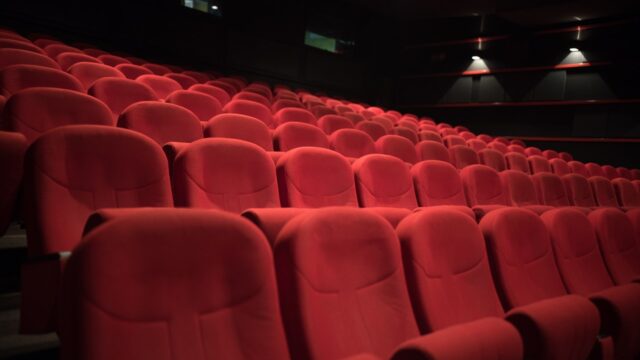



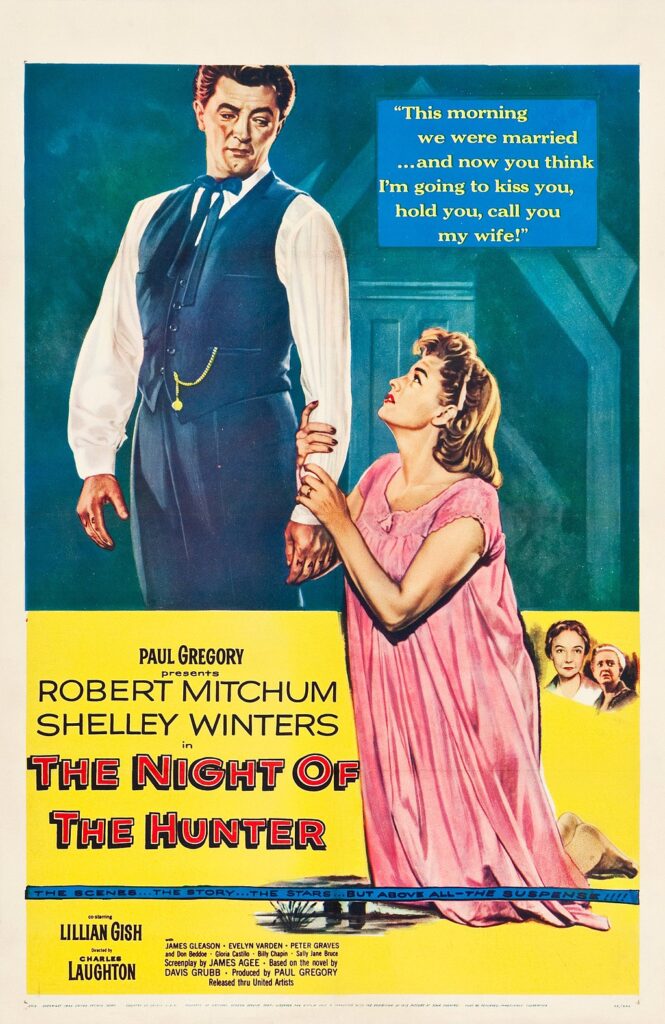

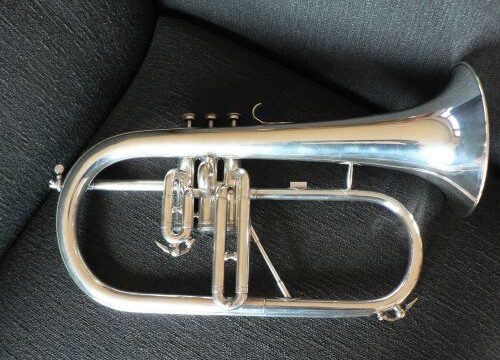
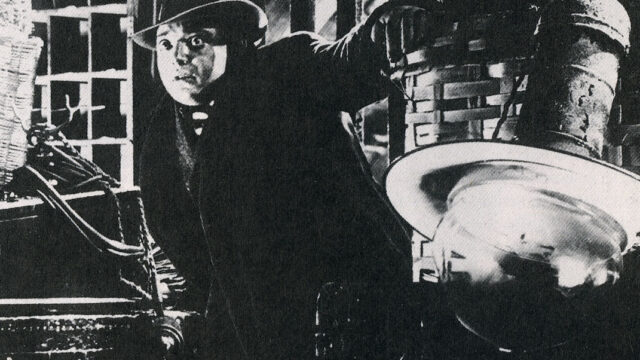
_small-320x180.jpg)
